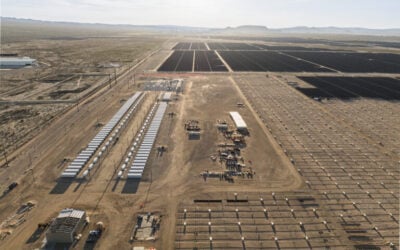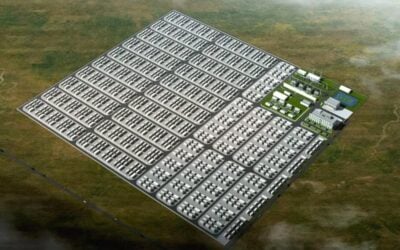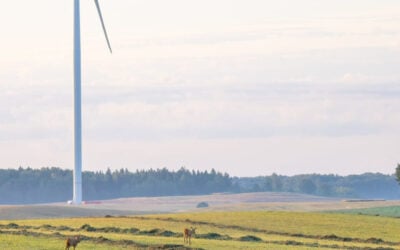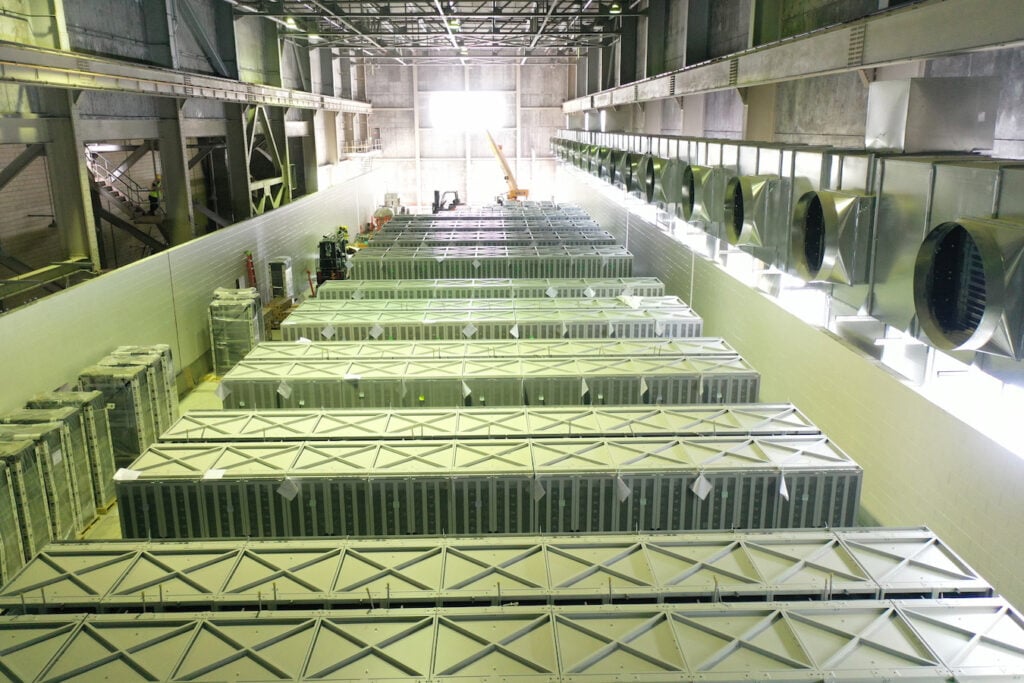
Owner Vistra Energy has announced the completion of work to expand its Moss Landing Energy Storage Facility in California, the world’s largest lithium battery energy storage system (BESS) asset.
Power generation and retail company Vistra said yesterday (1 August) that the Phase III expansion achieved the start of commercial operations near the beginning of June.
Enjoy 12 months of exclusive analysis
- Regular insight and analysis of the industry’s biggest developments
- In-depth interviews with the industry’s leading figures
- Annual digital subscription to the PV Tech Power journal
- Discounts on Solar Media’s portfolio of events, in-person and virtual
An additional 350MW output and 1,400MWh energy capacity has been added to the plant, bringing it to a total 750MW/3,000MWh.
This comes after the 300MW/1,200MWh Phase I was completed in 2020, followed by the addition of another 100MW/400MWh in Phase II the following year.
As with the first two phases, offtaker of the new batteries will be California investor-owned utility (IOU) Pacific Gas & Electric (PG&E). The utility has contracted with Vistra for resource adequacy (RA), the California mechanism for ensuring electric load-serving entities in the state deliver energy reliably to customers and with sufficient supply.
RA is the main reason for California becoming a world leader in grid-scale BESS deployments. The fact that battery developers can secure long-term contracts with associated revenue streams from electricity supplier offtakers has seen the market surpass 5GW in the main CAISO grid service area.
RA requirements include delivery of electricity in four-hour blocks, which is why most new-build battery storage facilities in the state have durations of that length.
PG&E’s new contract for Moss Landing Phase III, also known as MOSS350, is under a 15-year term and was approved by California regulators in April 2022.
Vistra Energy noted that the expansion was completed on schedule within a 16-month timeframe, adding more than 110,000 battery modules in 112 containerised units. It comes after the company reported in May that the expansion was on track, as it announced its most recent financial results.
Being built on the same site as a Vistra natural gas power plant meant the company was able to leverage existing electricity grid infrastructure, while zoning was not an issue and allows for potential further growth of the BESS plant, Vistra Energy CEO and president Jim Burke said.
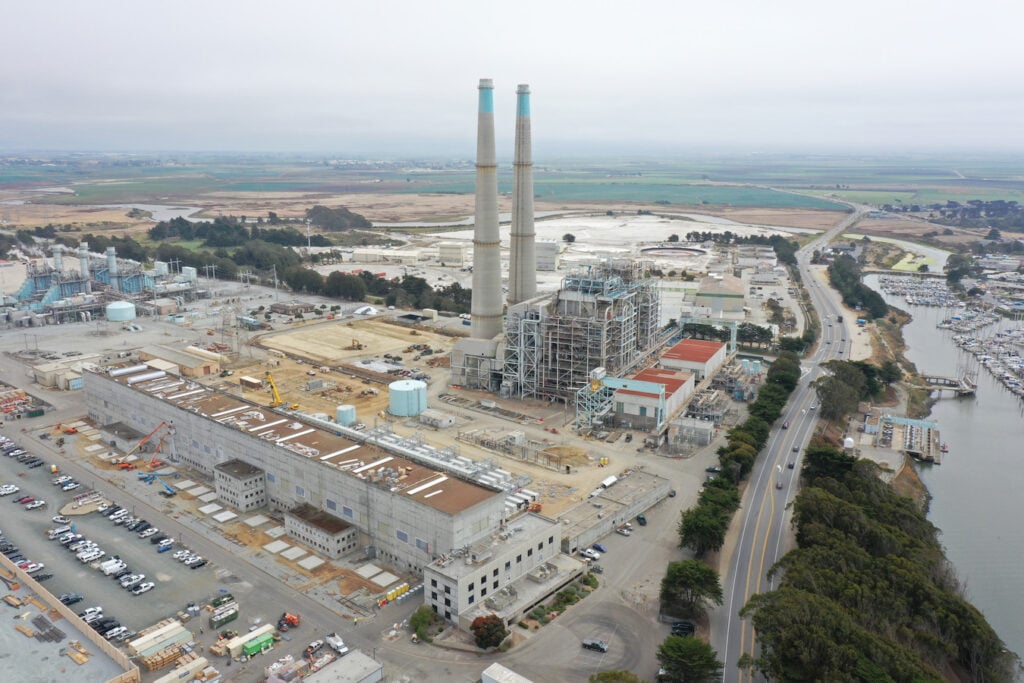
Vistra has previously said Moss Landing Energy Storage Facility could eventually host 1.5GW/6GWh of battery storage, if market conditions make that viable. PG&E also has a BESS plant that it owns, the 182.5MW/730MWh Elkhorn Battery project, at the Moss Landing site.
“As we navigate this energy transition to cleaner fuel sources, the ability to balance that shift with both reliability and affordability is paramount,” Burke said.
“Continued investment in energy storage, like our Moss Landing site, allows us to harness and store a substantial and growing amount of power from intermittent renewables and then deliver that electricity when customers need it most.”
Moss Landing: Will likely be largest by megawatt-hours for a while
As regular readers of Energy-Storage.news will know, Vistra’s Moss Landing project has not had the easiest first few years of operation: between September 2021 and June 2022, both of the first two phases had to be taken offline after separate overheating incidents. PG&E’s Elkhorn project also had an overheating incident of its own in September 2022.
Nonetheless, Moss Landing Energy Storage Facility is thought to remain the largest BESS project in the world, a claim enhanced by the latest expansion.
Notably large projects in development include the Waratah Super Battery in Australia which will be at least 850MW/1,680MWh and on which construction is getting underway. In the UK, developer Carlton Power recently got planning consent for a 1,040MW/2,080MWh project near Manchester, England.
The biggest project to come online during 2022 meanwhile was Crimson Energy Storage, also in California, which is 350MW/1,400MWh.
Vistra has previously claimed it will have over 1.2GW of battery storage in its US portfolio by 2026. The company, which has a diverse fleet of assets including renewables, fossil fuels, nuclear and energy storage, is set to report its latest quarterly financial results on 8 August.



